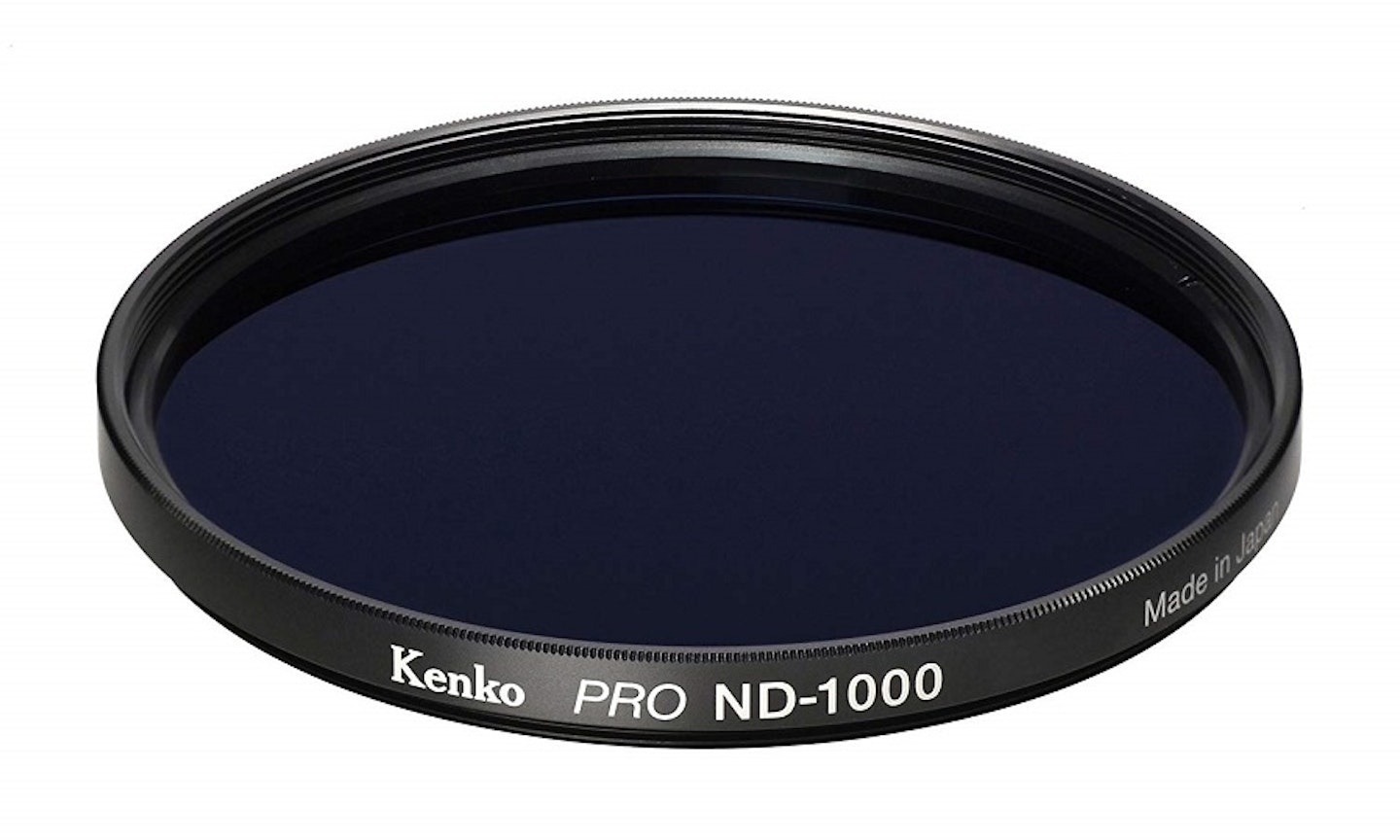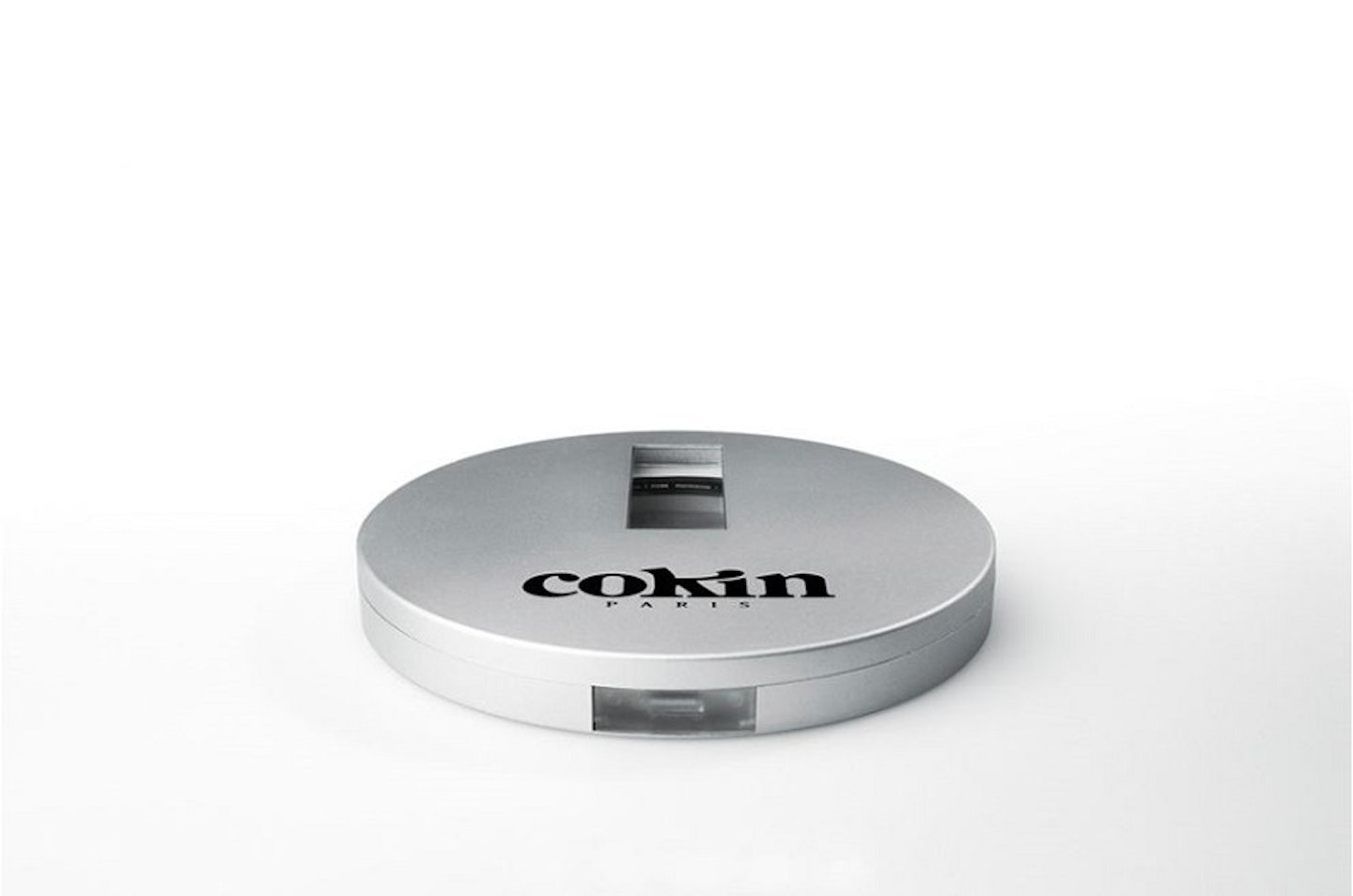If you’re passionate about landscapes and want to take your shots to the next level, a polariser should be right at the top of your to-buy list. These handy filters will boost your photo’s sky and vegetation saturation, while also reducing glare from reflective surfaces such as windows and bodies of water. This will allow you to capture features typically hidden, such as river beds and cloud clarity. It’s also important to understand that polarisers work best with cloud-dappled blue skies and your lens pointing at a right angle to the sun – the polarisation will not work with your back towards the sun.
Each of the five polarisers here screw on to the end of your lens, but you will need to ensure that you buy a filter with the correct thread size for your lens.
Let’s take a closer look at five of the best circular polarisers on the market and see which you should buy...
Planning a photo shoot at the weekend? Forget having to wait weeks for your parcel to arrive when you sign up to Amazon Prime.
The best circular polarisers
 1 of 5
1 of 5Hoya Revo Super Pro1 D
While the Hoya polariser is one of the heavier filters that we tested, weighing in at 33g, there is a clear and definite increase in quality. The two elements are really easy to move against each other, which means that you won't be wasting any time fiddling around with the filter instead of just getting on with your shot. The Revo is equipped with a black matte aluminium satin finish almite frame that is specifically designed to reduce reflections. It also comes with a handy UV-protected hard case that will serve to lengthen the life of your filter. When compared to the other polarisers in test, the Hoya definitely has the least amount of vignetting and virtually no colour cast at all, meaning there's less need for optical corrections in post-production software. It shows that, in this case, you really do get what you pay for. Highly recommended.SpecificationsThread size range: 37-82mmWeight: 33g
 2 of 5
2 of 5Kenko RealPro
Like the Hoya Revo filter, the Kenko RealPro is easy to grip and the two elements can be moved against each other effortlessly. This is definitely something that you would expect from a brand whose prices are starting to creep into higher regions. The Kenko filter is very slightly thinner than the Hoya, which means that if you are attaching a separate filter holder you will be less likely to see the edges of it through a wide-angle lens. The filter boasts both anti-stain and anti-reflection coating, which help to ensure that you won't damage the filter with any liquids or fingerprints, and that lens flare is kept to a minimum. Considering the Kenko's price, our test images showed a little more vignetting than we would have hoped for but the good news for Kenko fans is that there is only the slightest of colour casts.SpecificationsThread size range: 37-105mmWeight: 34g
 3 of 5
3 of 5Marumi Fit+Slim
Marumi's Fit+Slim filter has been specifically designed with durability in mind, despite the fact that it's one of the thinnest polarisers in our line-up. Marumi claims that this ultra-slim design also has the added bonus of minimising vignetting. However, when tested up against the other four filters, we found that there was visible vignetting in the extreme corners of the frame. We also noticed a slight green colour cast in our test images. These flaws are very easily fixed in post-production, but it is something to keep in mind. The Marumi Fit+Slim boasts a multitude of lens coatings that have been added to maximise image quality. One of the most useful of these is the Oil Repellent Coating, which prevents any errant fingerprints from staining the glass. Overall this is a good quality filter with an affordable price-tag.SpecificationsThread size range: 37-82mmWeight: 33g
 4 of 5
4 of 5Cokin Pure Harmonie
Out of all the filters we tested, the Cokin Pure Harmonie has the most severe colour cast, with a noticeable yellow tinge when compared with our control image. There was only slight vignetting around the edges, especially when compared to other filters like the Kenko. This is due to the ultra-thin frame of the filter which allows in more light around the periphery of the lens, though this does mean that the filter is quite hard to hold and tricky to manoeuvre. The benefit to the Cokin's slim frame is that it's far better suited to being used in conjunction with a filter holder as it remains extremely close to end of the lens, reducing the chance of the holder's edges appearing in shot. As useful as this is, we still would have expected a better performance from this filter.SpecificationsThread size range: 37-82mmWeight: 33g
 5 of 5
5 of 5SRB Photographic
The SRB Photographic polariser is the cheapest filter that we tested. However, quality is definitely not dictated by price, as it displays the least amount of vignetting, with barely no noticeable difference to brightness in the corners of the frame. For a filter that doesn't have an especially low profile, this is quite impressive. Unfortunately, this filter does have a slight yellow colour cast, which may distort the colours in any landscapes that you shoot. All of the filters we tested have been designed to be able to hold a lens cap, which means that you can quickly protect your filter if the weather changes, and the SRB Photographic polariser holds the lens cap most securely out of the five filters in test. This also means you can leave your filter on when your camera is in your bag without worrying that the lens cap will come loose.SpecificationsThread size range: 25-86mmWeight: 25g
